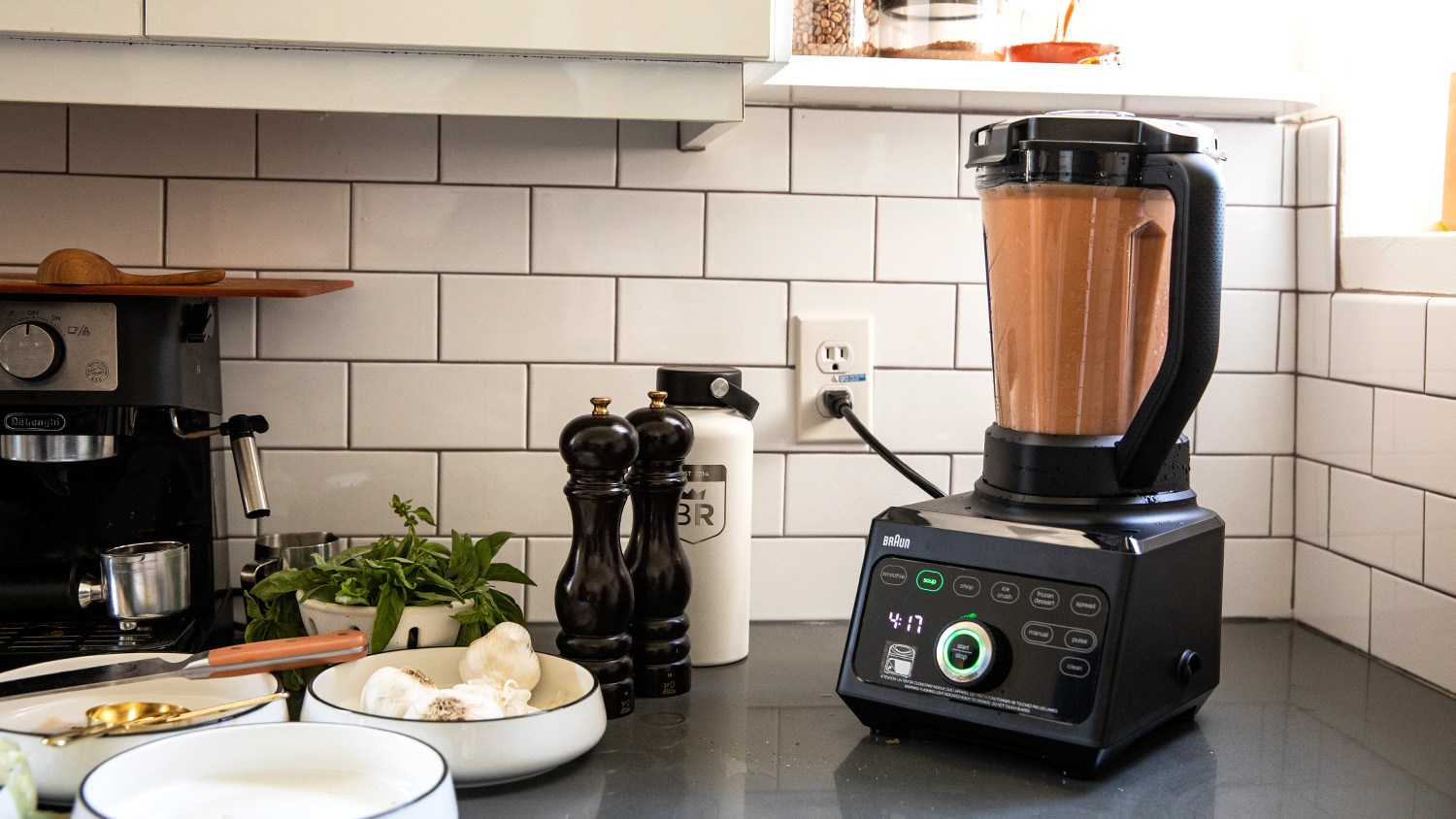Though Californians on Saturday avoided rolling blackouts, Sunday’s extreme heat threatens to bring record-breaking demand for energy that could strain the state’s power grids.
The California Independent System Operator, which runs the electrical grid for most of the state, declared a Stage 2 Emergency around 6p.m. and said rotating power outages are “likely” Sunday.
Declaring an emergency allows the grid operator to use reserve power and tap into emergency assistance from neighboring authorities.
“The ISO called the emergency after a transmission line carrying power from Oregon to California and another in-state power plant went offline unexpectedly,” the operator said in a news release.
As California sweltered under triple-digit temperatures and officials grapple with fire-caused power grid system failures, the state is working to free up energy capacity during the Labor Day weekend, according to Gov. Gavin Newsom’s office.
To reduce demand, the state is asking large commercial and public energy consumers to shift their energy usage away from peak hours. Officials are also partnering with third-party energy producers to bring back-up energy generation resources and asking the U.S. Navy and commercial ports to use on-ship electrical generation instead of pulling resources from the grid.
On Thursday, the governor declared a state of emergency, suspending regulations to create more energy and reduce demand on the grid in order to stave off potential blackouts.
Residents are under a statewide Flex Alert, with electrical grid operators urging residents to reduce their power consumption from 3 p.m. to 10 p.m. each day through Monday. Recommendations include setting thermostats to 78 degrees or higher and not using appliances during the peak hours.
Outages were avoided Friday and Saturday largely because of individual conservation efforts, Newsom’s office said.
“Even with these efforts, given the extreme heat storm, Californians may experience rolling energy blackouts this afternoon if users do not conserve enough energy to lower the demand on California’s power grid,” Newsom’s office said in a news release.
Making the situation even worse, the Creek Fire in Madera County has forced the closure of a 915 megawatt hydropower station.
The California ISO declared a Stage 2 Emergency by 6:30 p.m. Saturday — but Sunday is expected to bring even hotter weather.
“Wildfires have caused system failures, while near record energy demand is predicted as a multi-state heat wave hits the West Coast for the second time in a matter of weeks,” Newsom said in a statement. “Californians are rising to the occasion to meet these unprecedented challenges for our energy grid, and I want to thank all of the businesses and individuals who are conserving energy.”
After last month’s heatwave caused power disruptions, the governor sent a letter to the California Independent System Operator, the California Public Utilities Commission and California Energy Commission, calling for an investigation into the blackouts.
Here are some tips for conserving power:
- Don’t use major appliance use between 3 p.m. and 10 p.m.
- Turn off unnecessary lights and appliances.
- Pre-cool your home by running air conditioning at 72 degrees in the morning then turn it up to 78 or higher during the hottest part of the day.
- Keep windows and doors closed.
- Unplug phone chargers, power strips without a switch and other equipment when not in use.
- Turn your water heater down to 120 degrees.
- Postpone using major appliances like the oven, dishwasher, clothes washer and dryer until cooler times of the day to avoid heating up your home.
- Run your dishwasher and washing machine only when they’re full, and do it after 10 p.m.
- Make sure your air conditioner filter is clean — a dirty filter forces the unit to use more energy and could increase costs.












